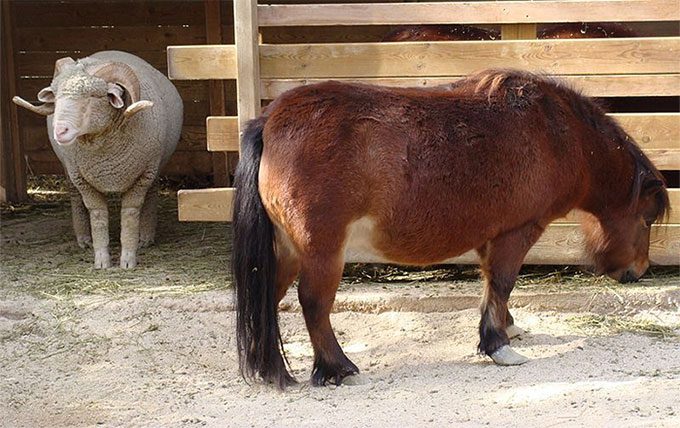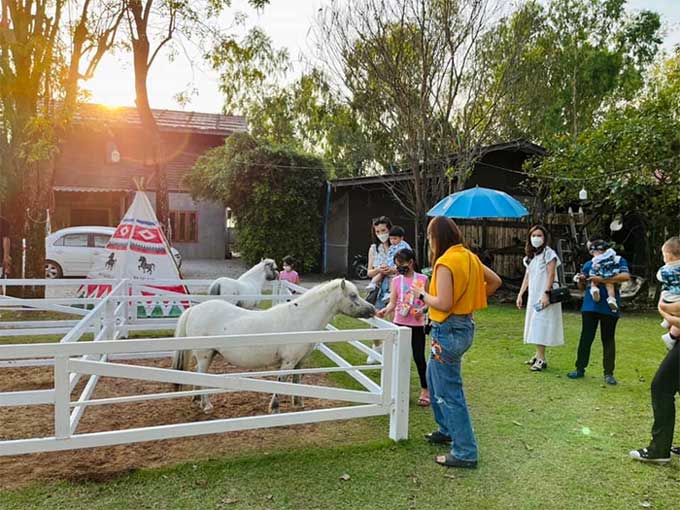Named after an Argentine family that developed this breed in the mid-19th century, the Falabella is widely regarded as the smallest horse breed in the world, with an average height of just 70 cm.
Some believe that the lineage of the Falabella horse may trace back to the Andalusian and Iberian breeds that Spanish conquerors brought with them to South America.
When the Spanish were expelled, the horses left behind had to fend for themselves in a harsh, resource-poor environment.
As a result, by the mid-19th century, smaller breeding animals were observed in herds within the Mapuche region of southern Buenos Aires province.
These specimens were selectively bred to create even smaller animals, ultimately leading to the development of the modern Falabella breed we know today.


The average height of Falabella horses is just 70 cm.
Patrick Newtall is officially recognized as the person who initiated the Falabella breeding program in Argentina in 1868, using local horses.
Upon his passing, the program was taken over by Newtall’s son-in-law, Juan Falabella, who introduced several bloodlines to this breed, including Welsh Pony, Shetland Pony, and small Thoroughbreds, to further reduce its size.
In the 1940s, Julio C. Falabella, a descendant of Juan Falabella, worked to standardize this breed and lowered its average height to below 100 cm while creating an official breed registry.
The increasing popularity of the Falabella breed and the efforts of enthusiasts later aimed to reduce its size even further, bringing it down to approximately 76 cm (measured at the shoulder).
What makes the Falabella particularly interesting is that despite its small size, it is not classified as a pony but rather as a miniature horse. This is because, in addition to its size, it resembles breeds like Thoroughbreds or Arabians in proportion, as well as having a slender frame and a glossy coat.
According to Falabella International, “The miniature Falabella is a true horse, not a pony, which means that even the smallest individuals of this breed retain the structure and proportions of a full-sized horse.
In addition to their small size, Falabellas exhibit traits of docility, strength, and adaptability that surpass those of any other similar horse breed and even many of their larger relatives.
Endurance tests conducted on them show that they are extremely strong, comparable to draft horses and larger horses.
Falabellas are known to be very friendly, extremely gentle, and highly intelligent, making them excellent pets as well as performance animals, as they can be easily trained to pull small objects and perform tricks. They also have an exceptionally long lifespan of about 40-45 years.
Breeders in Argentina continue programs to further reduce the size of Falabellas, and they have been able to produce mature specimens standing under 50 cm (at the shoulder).
However, the health of the breed is of utmost importance, and to achieve certain key characteristics, the height of current specimens needs to be above 70 cm.
Although their size primarily makes the Falabella a decorative purpose, this small horse possesses several remarkable qualities.
Having lived in the vast plains (pampas) of Argentina for hundreds of years, the Falabella is extremely resilient and quickly adapts to various harsh climates. Its keen instinct also allows it to sense danger from a considerable distance.
Falabella horses do not require any special care or feeding regimens.


















































